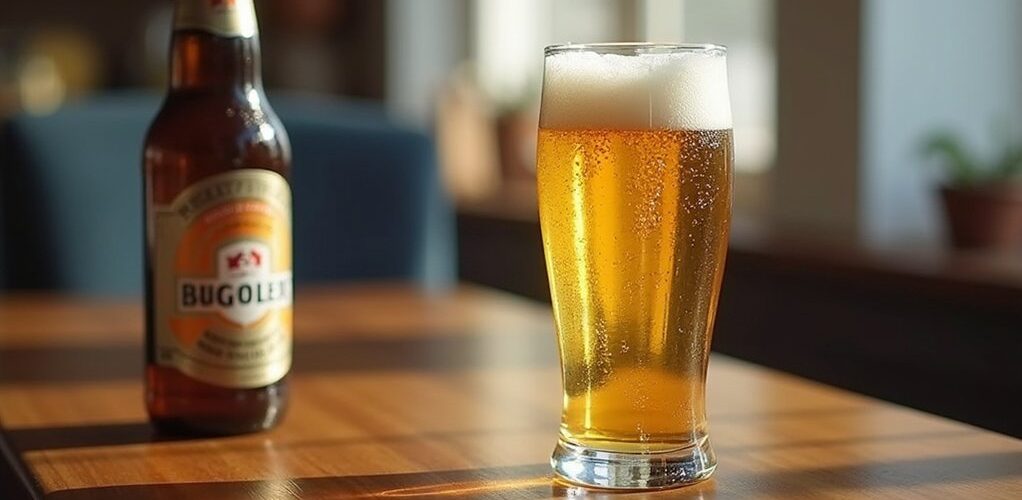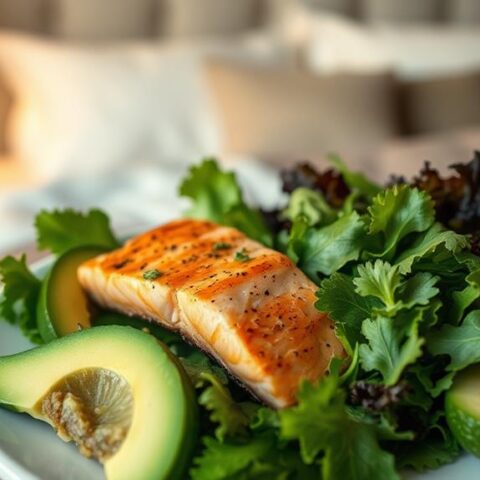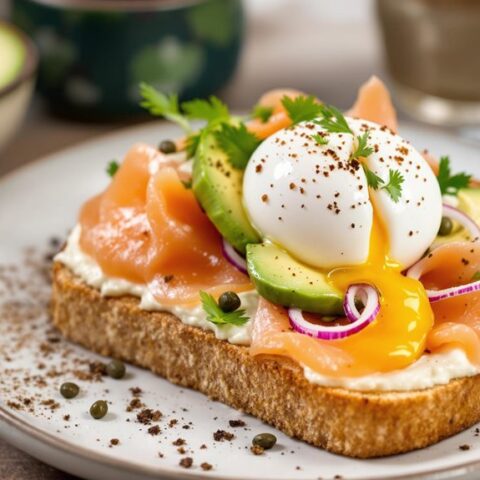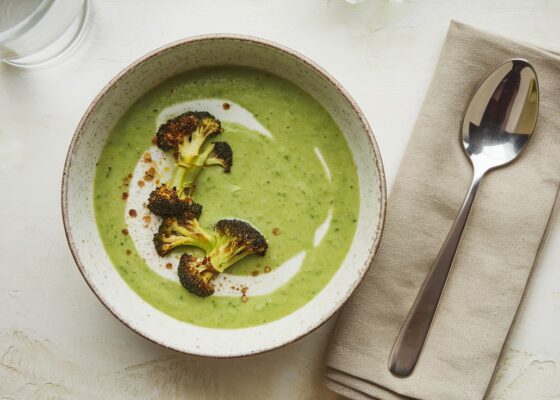
Bud Light contains 6.6 grams of carbohydrates per 12-ounce serving, placing it in the middle range among light beers. While lower than traditional beers, its carb content exceeds some competitors like Miller Lite (3.2g) and Corona Premier (2.6g). The beer's specialized brewing process, using selective yeast strains and triple filtration, helps maintain flavor while reducing sugars. For those seeking even fewer carbs, options like Bud Light Next offer zero-carb alternatives with similar taste profiles.
Key Takeaways
- Bud Light contains 6.6 grams of carbohydrates per 12-ounce serving, positioning it in the middle range for light beers.
- Compared to competitors like Miller Lite (3.2g) and Corona Premier (2.6g), Bud Light has higher carbohydrate content.
- The beer's moderate carb content helps reduce blood sugar impact compared to regular beers with higher carbohydrate levels.
- Special brewing techniques, including triple filtration and specific yeast strains, help maintain flavor while reducing overall carbohydrate content.
- For those seeking lower-carb options, alternatives like Bud Light Next (0g) offer fewer carbohydrates while staying in the brand family.
Bud Light's Nutritional Profile
When examining Bud Light's nutritional composition, its moderate carbohydrate content of 6.6 grams per 12-ounce serving stands as a defining characteristic.
This carbohydrate level, combined with 110 calories per serving, positions Bud Light as a conscious choice for consumers monitoring their dietary intake.
The beer's relatively low alcohol content of 4.2% ABV aligns with its overall lighter profile, contributing to its status as a popular option in the light beer category.
While not the lowest-carb beer available, Bud Light maintains a balanced nutritional profile that appeals to health-conscious consumers.
Bud Light offers a balanced nutritional compromise for health-conscious beer drinkers, despite not having the market's lowest carbohydrate content.
The combination of moderate carbs per serving and reduced caloric content makes it a practical choice for those seeking to enjoy beer while being mindful of their nutritional goals.
Comparing Carb Content With Other Beers
As consumers evaluate Bud Light's carbohydrate content, a comparison with other popular beers reveals its middle-ground position in the light beer category.
With 6.6 grams of carbs per 12-ounce serving, Bud Light contains more carbohydrates than several of its competitors in the light beer segment.
- Ultra-Low Options: Bud Light Next leads with zero carbs, while Corona Premier offers just 2.6 grams
- Mid-Range Alternatives: Coors Light contains 5 grams of carbs, positioning it between Bud Light and lower-carb options
- Comparable Light Beers: Both Miller Lite and Busch Light contain 3.2 grams of carbs, making them notably lower in carbohydrates than Bud Light
This comparison demonstrates that while Bud Light qualifies as a light beer, several alternatives provide lower carb content for health-conscious consumers.
Health Benefits and Drawbacks
While Bud Light's moderate carbohydrate content may have less impact on blood sugar levels compared to higher-carb beers, individuals with diabetes should still monitor their consumption carefully.
The alcohol in Bud Light can affect how the liver processes glucose, potentially leading to unexpected blood sugar fluctuations, especially during or after physical activity.
Athletes and fitness enthusiasts should be particularly mindful of consuming Bud Light before or during exercise, as alcohol can impact hydration levels and athletic performance.
Pros for Blood Sugar
Since Bud Light contains only 6.6 grams of carbohydrates per serving, it presents several advantages for individuals monitoring their blood sugar levels. The beer's low carb content makes it a more suitable option compared to traditional beers, particularly for those watching their glucose intake.
Additionally, the introduction of Bud Light Next as a zero-carb alternative provides even more options for blood sugar management.
- Lower carbohydrate content reduces the risk of significant blood sugar spikes
- Moderate alcohol content (4.2% ABV) allows for better glycemic control when consumed responsibly
- Fewer calories (110) compared to regular beers supports overall metabolic health
While Bud Light offers these benefits, consumers should still exercise caution and monitor their individual responses, especially if taking diabetes medications that may interact with alcohol.
Risks During Exercise
The relationship between Bud Light consumption and exercise presents significant considerations for fitness enthusiasts and athletes. While this light beer option contains fewer carbohydrates than regular beers, its effects during physical activity can be concerning.
Moderate alcohol consumption from any source, including Bud Light, can impair athletic performance through dehydration, as it acts as a diuretic that increases fluid loss through urination.
The impact extends beyond hydration concerns, affecting coordination and muscle recovery. Athletes may experience decreased performance accuracy and increased injury risk during workouts, even with modest alcohol intake.
Additionally, alcohol can disrupt the body's post-exercise recovery process by interfering with sleep patterns and promoting inflammation, potentially undermining training goals and athletic progress.
Low-Carb Beer Brewing Process
Modern brewing techniques have revolutionized the production of low-carb beers like Bud Light through specialized processes that maximize sugar fermentation. The brewing process incorporates specific yeast strains and enzyme additions that efficiently convert complex sugars, resulting in fewer residual carbohydrates in the final product.
Triple-filtering technology further removes excess sugars while maintaining the beer's essential flavors.
- Specialized yeast strains are selected for their ability to ferment sugars more completely
- Light malt varieties are carefully chosen to provide less initial sugar content
- Advanced filtration systems remove impurities and excess carbohydrates
These innovative brewing methods enable brewers to create beers with markedly reduced carb content while preserving taste quality, as demonstrated by Bud Light's 6.6 grams of carbs per serving and newer zero-carb alternatives like Bud Light Next.
Best Practices for Drinking Light Beer
Making informed choices about light beer consumption requires understanding key guidelines and best practices for ideal enjoyment while maintaining health-conscious habits.
When selecting low-carb options like Bud Light, which contains 4.6g of carbs per 12-oz serving, consumers should carefully review nutritional information on packaging to guarantee alignment with dietary goals.
Responsible consumption involves adhering to recommended limits of one drink daily for women and two for men. For best dietary balance, pair light beers with low-carb foods such as grilled chicken or seafood.
Additionally, maintaining proper hydration by drinking water alongside beer helps offset alcohol's effects and supports overall wellness.
These practices enable individuals to enjoy light beer while managing carbohydrate intake and maintaining a balanced, health-conscious approach to alcohol consumption.
Impact on Blood Sugar Levels
Beyond responsible consumption practices, understanding how Bud Light affects blood sugar levels becomes particularly important for health-conscious consumers.
With 6.6 grams of carbohydrates per 355 milliliters (mL) serving and its alcohol by volume content, Bud Light can considerably impact glucose metabolism, requiring careful consideration from those monitoring their blood sugar.
Key blood sugar considerations when consuming Bud Light include:
- Initial glucose spike from carbohydrates, followed by a subsequent drop due to alcohol processing
- Increased risk of hypoglycemia, particularly for those taking diabetes medications
- Need for additional monitoring, as 355 mL servings can affect blood sugar levels for several hours
For individuals with diabetes or blood sugar concerns, consulting healthcare providers about safe consumption patterns remains essential for maintaining ideal glucose control.
Serving Sizes and Portion Control
Understanding standard drink measurements helps consumers track their carbohydrate intake more effectively, with a typical 12-ounce serving of Bud Light containing 6.6 grams of carbs.
Accurate portion control requires proper measuring techniques, such as using marked glassware or measuring cups to guarantee consistent serving sizes.
A visual reference chart can assist in recognizing correct portions, comparing the standard 12-ounce serving to common drinking vessels like pint glasses, mugs, and plastic cups.
Standard Drink Guidelines Explained
When it comes to managing alcohol consumption responsibly, knowing standard drink measurements serves as an essential foundation for making informed choices.
Standard drink guidelines establish consistent measurements across different types of alcoholic beverages, helping individuals track their intake more effectively.
- Beer: 12 fluid ounces, with calories per serving varying by brand
- Wine: 5 fluid ounces, typically containing about 125 calories per standard glass
- Distilled Spirits: 1.5 fluid ounces, commonly referred to as a "shot"
These standardized measurements enable accurate portion control and support health-conscious decision-making.
For those monitoring carbohydrate intake, understanding these guidelines becomes particularly important, as different alcoholic beverages contain varying amounts of carbs and calories.
Following recommended daily limits of one drink for women and two for men helps maintain a balanced approach to alcohol consumption.
Measuring Your Pour Accurately
Precise measurement of alcoholic beverages plays an essential role in maintaining healthy drinking habits and managing nutritional intake effectively.
When measuring your pour accurately, understanding that a standard serving of Bud Light equals 12 fluid ounces is vital for tracking carbohydrate consumption, which amounts to 6.6 grams of carbohydrates per serving.
To guarantee accurate portions, drinkers can utilize proper measuring tools such as jiggers or measuring cups rather than relying on estimation.
This practice becomes particularly important when monitoring multiple servings, as consistent measurement helps maintain awareness of both alcohol and carbohydrate intake.
The standard 12-ounce serving size, combined with Bud Light's 4.2% ABV, provides a reliable baseline for those who wish to track their consumption systematically and make informed choices about their beverage portions.
Visual Size Reference Chart
A visual size reference chart serves as an essential tool for anyone tracking their beverage portions and carbohydrate intake while consuming alcoholic drinks.
For those seeking low calorie options with fewer carbs, understanding standard serving sizes helps maintain precise portion control across different beverages.
- Beer servings are measured at 12 fluid ounces, equivalent to a standard can of Bud Light containing 6.6 grams of carbohydrates.
- Wine portions should be measured at 5 fluid ounces, roughly equal to a traditional wine glass.
- Spirits measurements are standardized at 1.5 fluid ounces, typically served in shot glasses or as cocktail base pours.
These standardized measurements guarantee consistent tracking and help consumers make informed decisions about their alcohol consumption while managing their carbohydrate intake effectively.
Alternative Low-Carb Beer Options
For those seeking alternatives to Bud Light's 6.6 grams of carbs, the beer market offers numerous lower-carb options that maintain satisfying taste profiles.
Bud Light Next stands out as a groundbreaking choice with zero grams of carbs, while traditional alternatives like Miller Lite and Busch Light contain just 3.2 grams each. Coors Light presents a moderate option at 5 grams of carbs.
Health-conscious consumers can explore even lighter selections, such as Corona Premier with 2.6 grams of carbs or Budweiser Select 55, which contains a mere 1.9 grams.
Craft beer enthusiasts aren't left behind, as Dogfish Head Slightly Mighty offers a flavorful IPA experience with only 3.6 grams of carbs, proving that low-carb beer options don't require sacrificing taste or variety.
Frequently Asked Questions
Is Bud Light a Low Carb Beer?
Bud Light is not considered a low carb beer with 6.6g carbohydrates per serving. Other beer alternatives, including Miller Lite and Coors Light, offer better low carb options for health-conscious consumers.
Is One Bud Light a Day Bad for You?
Daily consumption of one Bud Light generally aligns with moderate drinking guidelines and poses minimal health risks for healthy adults, though individual factors and medical conditions should inform personal choices.
Is Bud Light the Healthiest Beer?
While Bud Light offers moderate health benefits with lower calories than regular beers, it's not the healthiest option. Other light beers provide better calorie comparison figures and lower carbohydrate content.
Does Bud Light Zero Really Have No Carbs?
Bud Light Zero (Bud Light Next) contains zero carbs according to its nutritional value information. While regular Bud Light has 6.6g carbs, the special brewing process eliminates carbohydrates in this variant.
Conclusion
Bud Light remains a popular choice for calorie-conscious consumers, offering fewer carbohydrates than traditional beers while maintaining a familiar taste profile. While not technically "low-carb" by strict dietary standards, its 6.6 grams of carbohydrates per 12-ounce serving makes it a reasonable option for those monitoring their carb intake. Consumers should consider their individual health goals, serving sizes, and alternative beverages when making informed drinking choices that align with their lifestyle needs.










No Comments